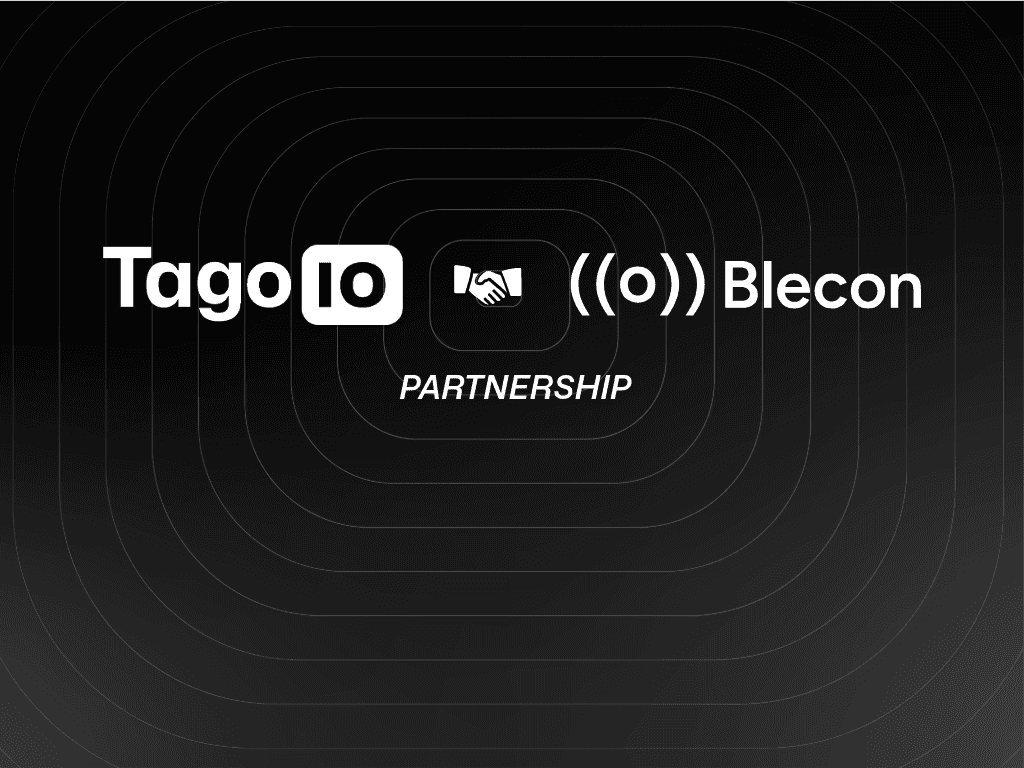Blog
Tech Insigths
Abiding by Security Compliance on IoT Applications Using SSO
Simplify access and enhance security with SSO for your IoT applications. Integrate your application with Okta, Microsoft Azure AD, OneLogin, PingIdentity, and Google Workspace.

TagoIO Team
Jan 19, 2023



Single sign-on (SSO) is a type of authentication method that allows users to access multiple applications with a single set of credentials. It can help simplify the management of IoT applications and improve security by providing a centralized point of control.
What is SSO?
SSO is an authentication method that allows users to access multiple applications with a single set of credentials, eliminating the need to remember multiple passwords.
All user data when using SSO is located inside an Identity Provider (IdP), which is a trusted system where you can manage the user data and access tools.
The diagram below shows how a system using SSO would work.

As a result, SSO offers improved security and convenience for users since they only have to remember one sign-in name and password combination.
In some cases, SSO also streamlines administrative duties for companies since there’s only one centralized user database, making it easier to manage employee access rights across multiple applications. Ultimately, SSO makes processes more efficient and secure for everyone involved.
The benefits of using SSO on IoT applications
By using SSO on your IoT portal, not only is access simplified, but so is the authentication process. Organizations can apply a single identity to multiple digital networks, eliminating employees or users needing to remember complex passwords for each system in the pipeline. SSO also increases privacy by masking user information from external sites. In some cases, it’s even necessary to use SSO for compliance reasons.
The overall user experience is greatly improved, and threats are dramatically reduced; for this reason, utilizing SSO for IoT continues to be a popular choice amongst companies.
How to set up SSO on your IoT portal
To set up SSO on your IoT application, you will need to decide which authentication protocol and identity provider you want to use. Common protocols include SAML and OAUTH, and some identity providers include Okta, Microsoft Azure AD, OneLogin, PingIdentity, and Google Workspace.

Once you’ve chosen the protocol and identity provider, you must then integrate them into your IoT portal. The integration process is a hands-on effort that involves the development of code for authentication tasks such as validation, encryption, and retrieval of user information. Finally, it is important to test the entire setup before deployment so that there are no bugs or issues when users come on board.
However, some platforms may offer native SSO features to save you some time. For example, inside TagoIO, you won’t need to go through the whole process to use SSO; you can easily integrate SSO and manage your user database by simply exporting your Identity Provider after updating it.
Want to know more about it? Visit our documentation for more details.

TagoIO Team


